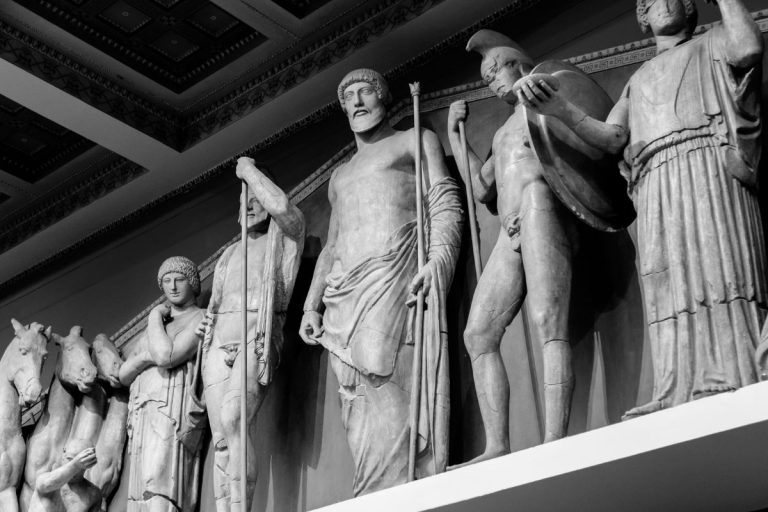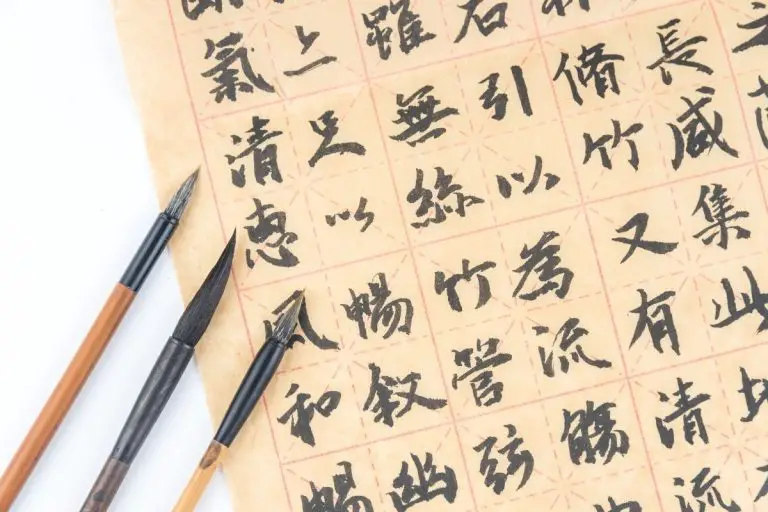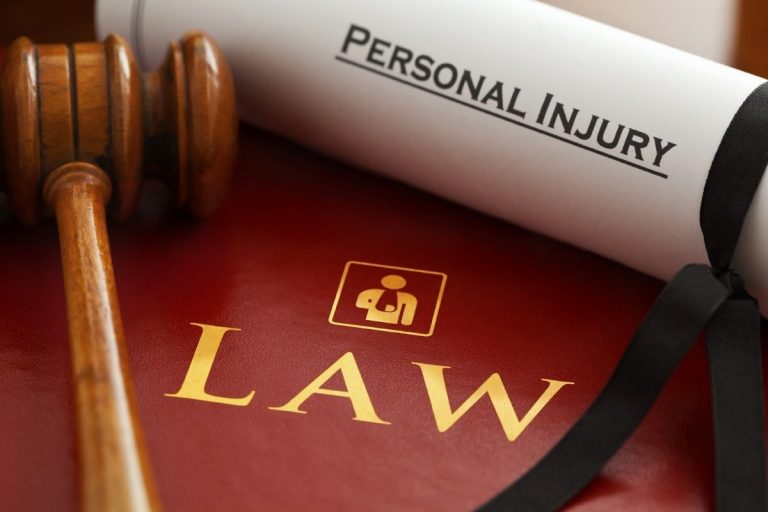What is the Difference Between Province and State? +Examples
Each country seems to have its own logic to organize its sub territories. Provinces, states, cantons, etc. It’s pretty hard to understand the subtle differences between all this terms, that why we’ll compare provinces and states in this article.
The main difference between a state and a province is the autonomy they have for legislation on their territory. States might have sole control over certain areas, often with a different constitution, while provinces are more limited with only local powers.
Let’s take a look at the other differences between states and provinces now, with examples in each case.
A State
Definition
A nation or territory considered as an organized political community under one government.
Oxford Dictionary
Most Common Examples of States
There is a range of countries that use the state system. Some of the most prominent are:
- The United States
- Australia
- India
- Germany
- Brazil
Developing the State System
The modern state system that we know today has ancient origins. It was first envisioned by the Greeks and Romans. The Greeks came up with the concept of a nation while the Romans helped develop the idea of a state as an organizational structure. As I’ll discuss a little later, the Romans would decide to use provinces to manage their empires.
For them, this would be a way of bringing the population together. Everyone would have one set of rules. This would make it easier to unite and achieve important societal goals.
These ideas were further developed by people like Machiavelli. Locke would propose that the state would form the social contract by which people agree to live their lives. These ideas would refine to form the state system that we have today.
You should also read: What is the Difference between Rule and Policy?
How the United States System Works
The best way to understand how the state system works is by looking at an example. One of the most prominent examples of this is the United States.
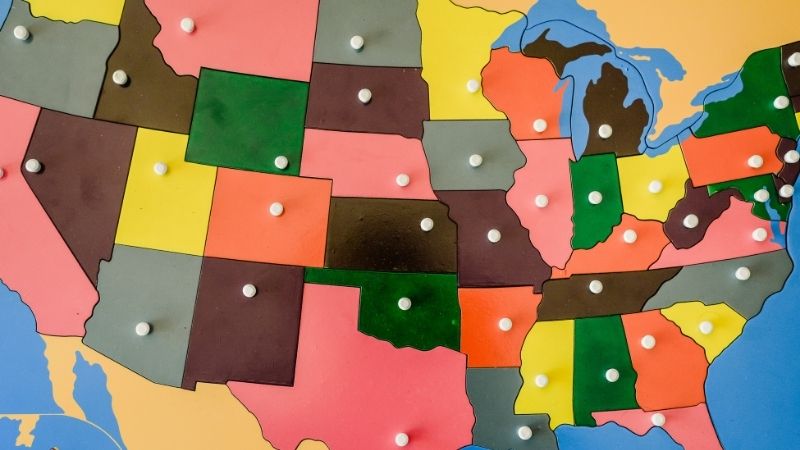
In this case, each of the 52 states will be comprised of elected officials. In conjunction with the federal government, they will control the taxes that the citizens will pay. They will also be required to create laws that only apply to those living in their state.
There are also reserved powers. These aren’t given to the state government and can only be exercised by the states. For example, the states need to administer the education system.
The states are also governed by a full faith and cooperation clause. This means that they will be required to work together. A good example of this is how extraditions are treated. Imagine someone commits a crime in Texas. To escape justice, they run across state lines. In this case, the Florida police will be able to arrest the fugitive and return them to Texas.
State Constitution
In most cases, a state will be run based on a constitution. This is an important document that sets out the way that the state will be governed. It tells the citizens what their powers will be and what they will be responsible for. Usually, this will be based on the federal government constitution.
A Province
Definition
An administrative division or unit of a country.
Dictionary.com
Countries With Provinces
There are plenty of countries that will have provinces. Some of the most common ones I could find are;
- China
- Chile
- Canada
- Costa Rica
History of Provinces
Like the state system, the province system has a long history. It was developed under the Romans. This was a way for them to manage their sprawling empire. In this case, once they conquered a new territory, a charter would be constructed. This set out the limits of the new territory and the rules under which it would operate.
A magistrate would be appointed to rule over it. When a new general was appointed, they would not be bound by the rules that his predecessors put into place.
How China Governs
There are a few examples of prominent governments that use the province system. However, I decided to focus on the biggest, which is China. In this case, there are 22 provinces. Unlike in the United States, the leaders of Chinese provinces are appointed by the government. This gives the central government more control.
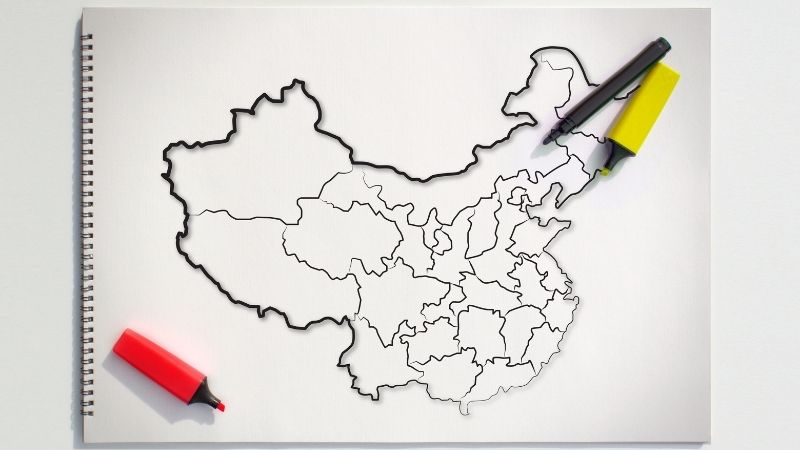
This government structure is broken up even further. There are city and town leaders. Though the decisions they make can be overruled. For example, town leaders can’t introduce something that would conflict with the decisions of the province leader. This ensures that they can’t deviate too far from the official party line.
In other provincial systems, like Canada, the province leaders will be given more leeway to make rules that will benefit the citizens in their area. Canadians will also have more control over their elected officials, with regular elections.
The Difference Between a State and a Province
Autonomy
One of the most significant differences between states and provinces is how much power they have. States will be given the power to be the sole legislator in important areas. This is given by their constitutions. This will often allow them to have a wider scope for administrative power.
On the other hand, provinces can’t draw power from their constitution. Generally, though, they will be able to make some laws that will benefit the local community.
In both cases, though, the laws in the province will often need to be compatible with those implemented by the federal government. If they contradict each other, the state or province rules will likely be overturned.
The way that these systems function, though, will depend on the country. For example, Canadian provinces might have more latitude than ones in China. Also, China has special regions, like Taiwan. While this is technically a province of China, they have a complicated history. Because of this, China refers to them as a breakaway province.
Allegiances
One of the most interesting aspects to discuss is where each governmental system places its allegiance. In the state system, this is obvious. The states are loyal to the federal government.
In some provinces, though, this might not be as simple. For example, some Canadian provinces might have some allegiances with France. In a conflict, they would likely back the federal government.
Use of Constitutions
Another thing to consider is the way that these structures are managed. As we mentioned, the states will often have a constitution. This is based on the federal government constitution. This constitution will describe what the state is responsible for and what its limitations are. To change this constitution, most countries will require their citizens to have a vote.
On the other hand, most provinces won’t have a constitution. For example, only one Canadian province has a constitution. However, this was introduced by legislation to parliament. Because of this, it is easy for them to change and amend.
Governmental History
Lastly, it’s interesting to consider the history of the country. This is often a good indicator of whether or not they will have a state or province-style government. For example, most state governments will be countries that have declared their independence. For example, the United States and Australia were both English colonies. When they declared their independence, a state-style government system was born.
On the other hand, provinces tend to be born out of imperial governments. The best example of this is the Chinese system. They have a long history of imperial government and now have provinces.
Perhaps, the clearest example of this is India. When they were an independent dominion under British control, they had provinces. However, when they became a republic, they switched to the state system. Usually, when countries do this they base their new system of government on the United States.
Like most political systems, there might be a few exceptions. But, as a general rule, the history of the country will give you a good insight into whether or not they will use states or provinces.
Comparison Table
To make it easier to tell the differences between these systems, you can use this helpful comparison table.
| State | Province | |
| Common Examples | United States, Australia, India | China, Canada |
| Level of Autonomy | Wider scope for legislation. Sometimes they have sole control over certain areas | Might have local government powers |
| Constitution | Common | Uncommon |
| History | Tend to have declared independence | Often stem from imperial rule |
| Allegiances | Need to be loyal to the federal government | Might have allegiances with foreign countries |

